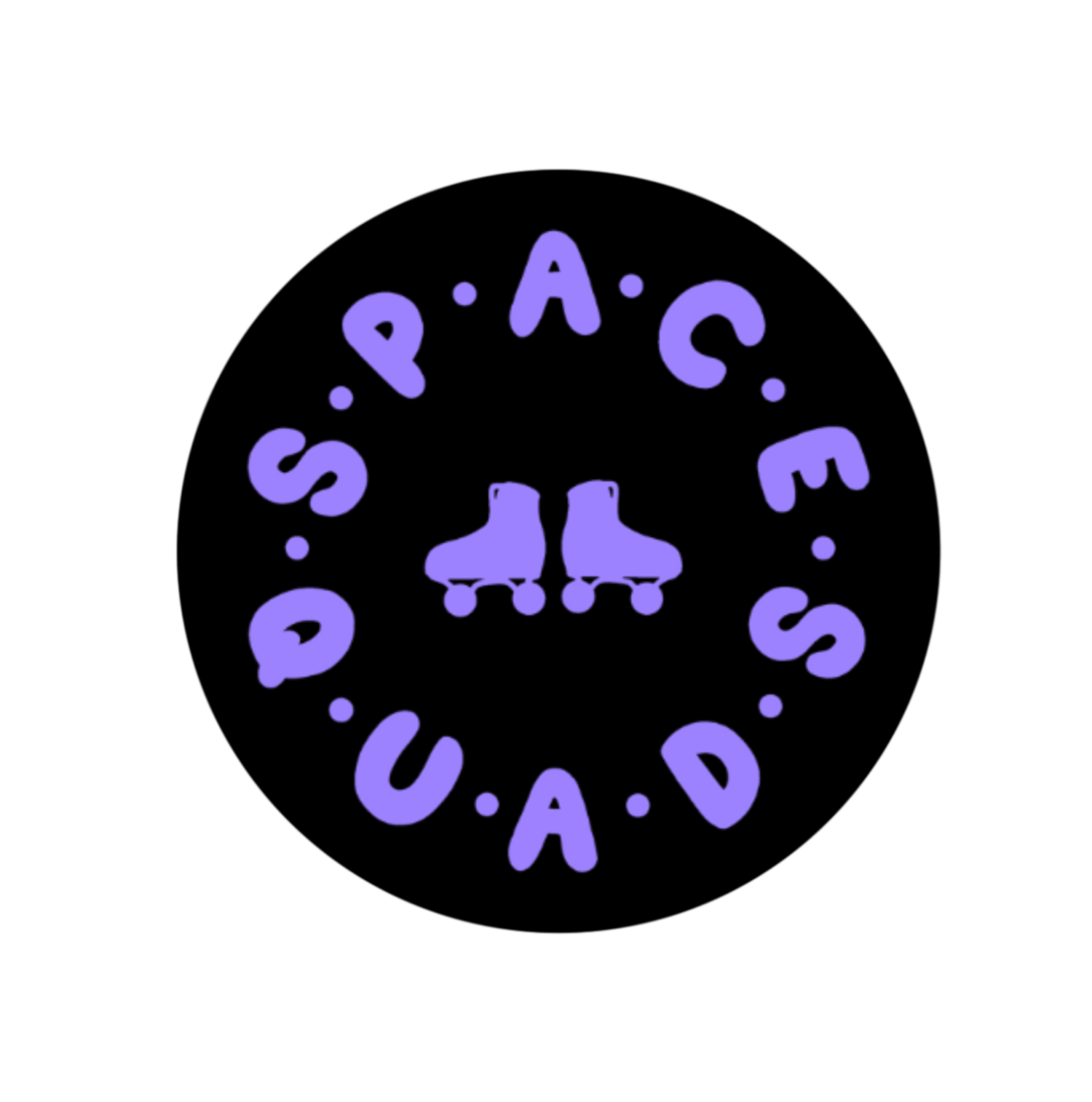HISTORY & CULTURE
Like with all inventions, the invention of the roller skate is hard to pinpoint to one single inventor. The first documented roller skates were seen at a London theatre production in 1743, where actors rolled around on stage to mimic ice skating. Not long after, a Belgian inventor by the name of John Joseph Merlin debuted his first pair of roller skates at a masquerade ball in 1760. While rolling around and attempting to play the violin at the same time, he lost his balance and crashed into a mirror! It didn’t help that his skates didn’t have toe stops, making it even harder to brake.
In 1863 a man named James Plimpton invented the modern day roller skate, calling them the "rocker skate". These allowed people to steer by leaning left or right and were much safer than other skate models of the time. In the 1860s, Plimpton opened the first ever roller rinks in New York City and Rhode Island. He marketed roller skating as an appropriate pastime for young men and women. People became so obsessed with roller skating and roller rinks, that by the 1880s there were 3000 roller rinks all across the United States, England, Europe and Australia.
In the 19th century, roller rinks were packed and had orchestras or organists playing live music for people to skate to. However, after some time roller rinks became known as seedy places and declined in popularity. It wasn’t until roller rink operators came together to revive the rinks that roller skating peaked yet again from the 1930s to the 1950s.
The 1950s was a popular time for diners, milkshakes and roller skates! Drive-in diners were known for their carhops (waitresses and waiters who brought food to people’s cars on roller skates) and were one of the most popular places to get fast food in America.
The combination of roller skates, disco music and dancing in the 1970s sparked the roller disco phenomenon that swept the United States. Even celebrities were seen on roller skates during this time, including Cher, Diana Ross, Miles Davis and Stevie Wonder. The roller disco era of the 1970s went on to inspire many iconic movies such as Roller Boogie, Skatetown USA, Roller Ball and Xanadu.
Roller skating is also deeply rooted in Black culture, and roller rinks played an important role in the Civil Rights Movement of the 1950s and 60s. They were one of three public spaces that were hardest to desegregate. Black Americans were often denied entry and had to fight for their right to skate. The first recorded sit-in took place in 1949 outside White City Roller Rink in Chicago.
After the Civil Rights Act was passed in 1964, Black Americans still faced discrimination at roller rinks and were only allowed entry one night out of the week. This night was originally called "Black Night" and was later changed to "Soul Night", "MLK Night" and finally "Adult Night".
Roller skating became an outlet for Black people in America to express themselves freely despite discrimination. From this came the rise of Black Skate Culture and what we know today as rhythm- and jam skating. Thanks to Black Americans, roller skating was kept alive over all these years and a variety of different skating styles emerged as a result. We recommend watching the documentary "United Skates" to learn more about the history of roller skating and the communities that are fighting to save some of the last standing roller rinks in America.







